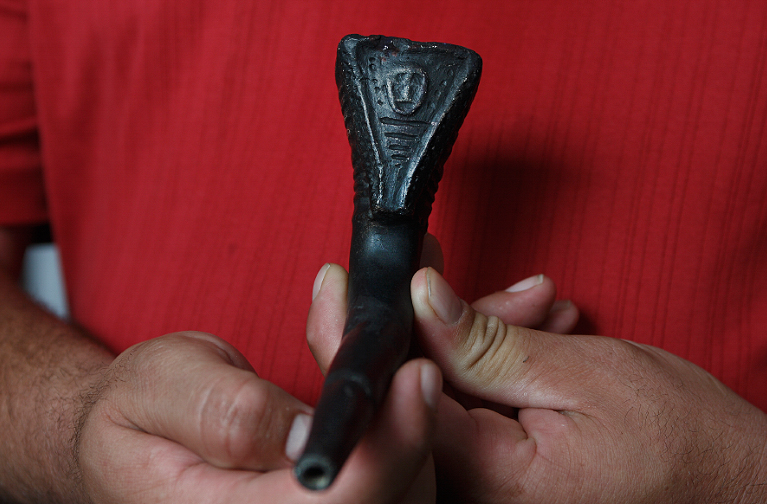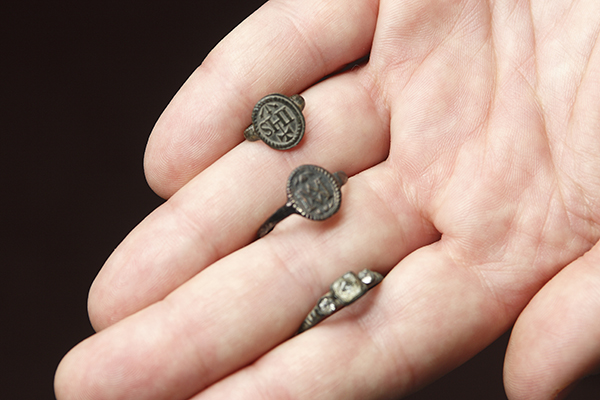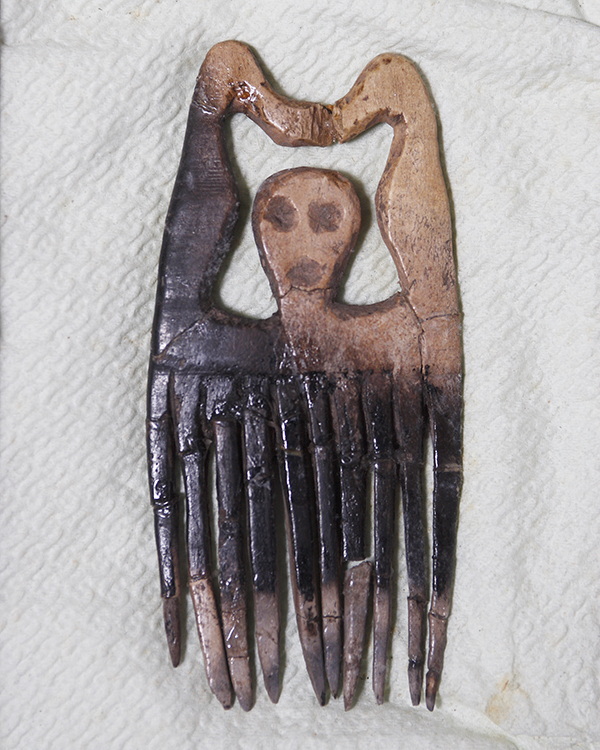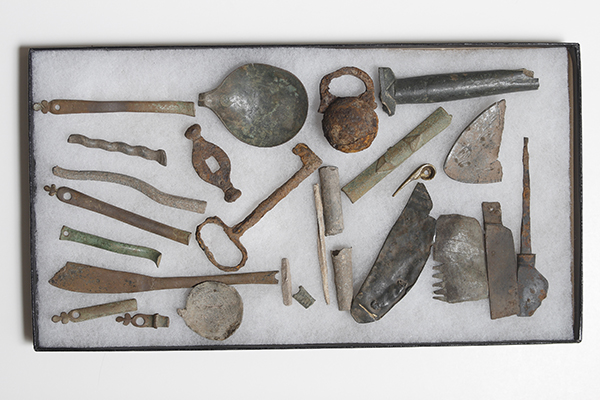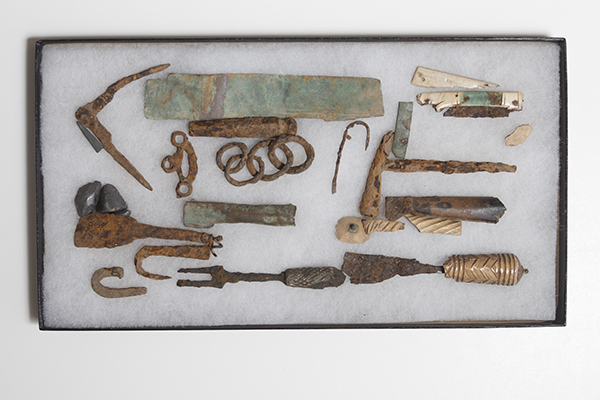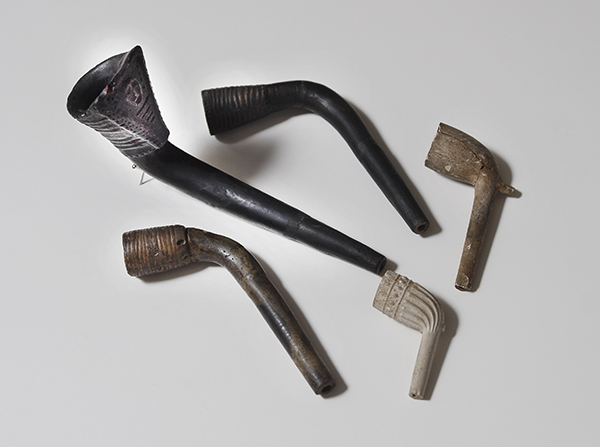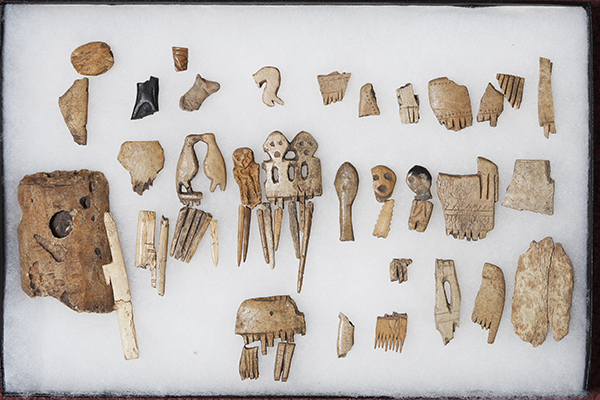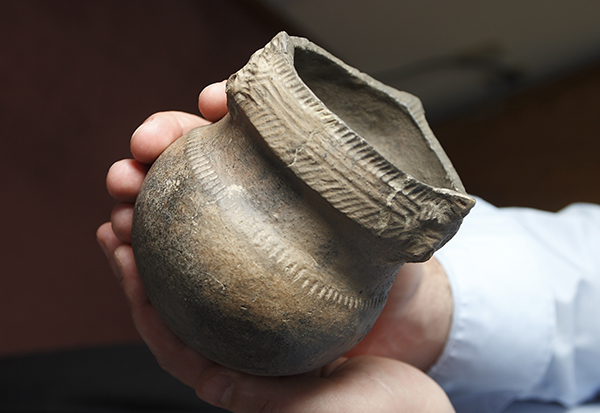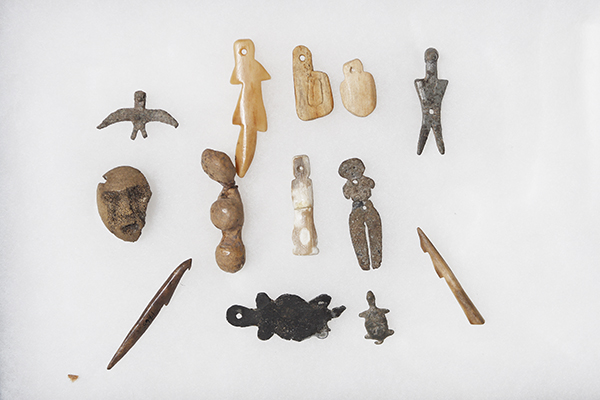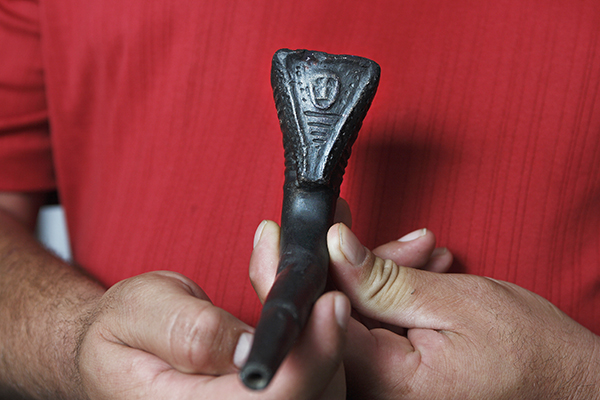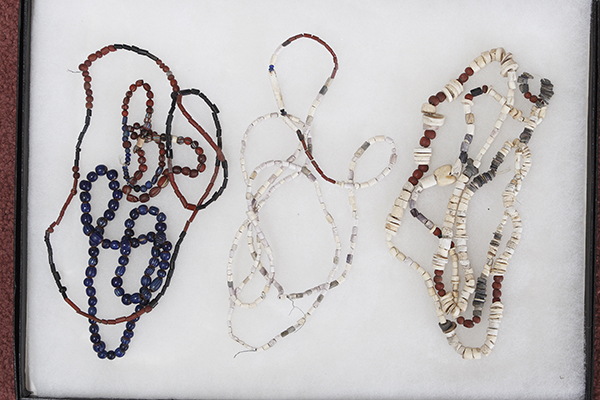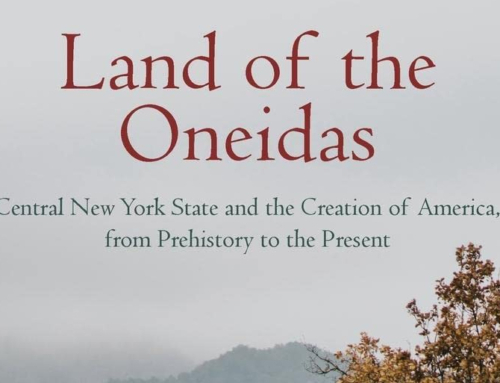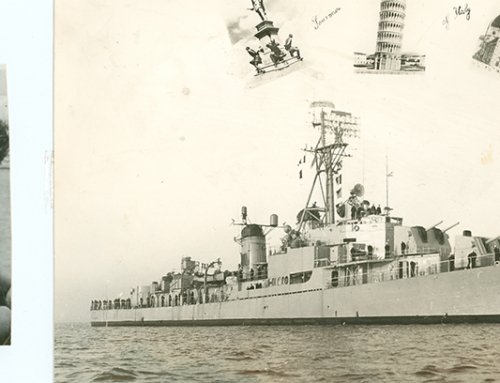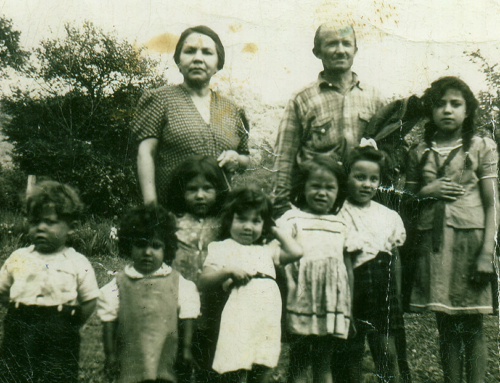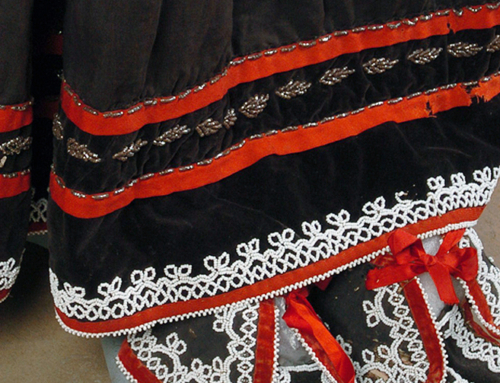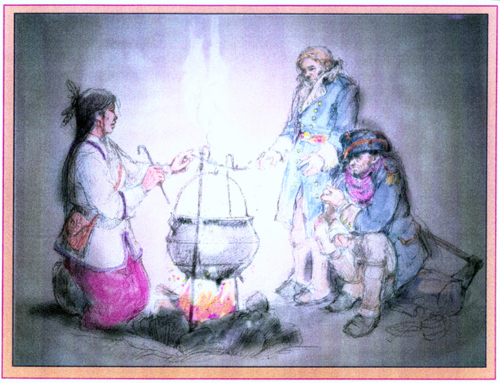This article originally appeared in The Oneida newsletter, issue 9, volume 10, June/July 2008
The Nation recently accepted the second installment of artifacts, circa 1605 to 1680, purchased from a collector. The artifacts were excavated from three privately owned sites in the 1970s and 1980s. The Cameron (c.1605-1620), Thurston (c.1635-1655) and Sullivan (c.1665 to 1680) sites yielded a plethora of items from arrowheads to an exquisite effigy-adorned bone comb.
“The importance of these artifacts is they are tangible, bringing our history and culture to life,” said Brian Patterson, Bear Clan Member of the Nation’s Council, who was instrumental in the purchase of the items. “The artifacts are more than a myth, more than a legend. They tell the story of a lifestyle, giving us an idea of what life was like for our people.”
Myriad Jesuit and additional contact-period rings are included in the collection, as well as clan effigies, an eagle effigy, and shell, glass and wampum necklaces. Five pipes – three Oneida pottery, one with a corn effigy applied to its bowl, and two European – are among the treasures in the collection. Deer bone fashioned into fish hooks, tools and spoons, and small brass discs used to embellish clothing also are part of the trove.
The collector of the artifacts purchased by the Nation, Reggie Bigford, was lauded by Brian for preserving the compilation. Noting that the area is rife with similar collectors, Brian said the Nation may also be interested in additional items.
“Many of these collectors don’t want their collections separated,” said Jesse Bergevin, historical resources specialist for the Nation. “Now, collectors are trying to publish journals, documenting what and where they found items and the time frame.
“In the original 13 colonies, there has been an effort to eradicate American Indian history and culture. People usually only think of Indians being in the West, but there were many in the East. The Nation wants to bring that awareness back and remind people the Oneidas’ story is part of the tapestry of the East Coast. This area, this entire country, has a rich history that pre-dates European contact. It’s time the Oneidas’ and all American Indians’ history becomes woven into the fabric of the United States.”


